Shwedagon Pagoda, solemn in the early morning
“Yes, same face as Filipinos.”
“Welcome to Burma!”
The immigration officer said with a wonderful smile. The humidity of Yangon was welcoming along with the Burmese guy from the hostel who picked me up from the airport. And of course, Patti, who would become one of the people who I’d travelled with in Burma. And who’d help educate me more about the country.
streets of Yangon
As we rode the taxi to the city of Yangon, I was surprised by the clean and neat parks and boulevards we passed through. The Samsung Galaxy, Coca Cola, and Pepsi billboards in the intersections. Even the posh and big houses that outlined some of the streets, and the big hotels. I was expecting for a more closed and different Burma. But maybe I shouldn't have, I was indeed in Yangon.
If there’s one regret I have with travelling to Burma? It was that I should have read more about the country and its recent history. I just finished watching Burma VJ - the series of footages telling the uprising of monks and protesters back in 2007 (which left me in tears), and The Lady – a movie about Aung San Suu Kyi. Walking the streets of Yangon could have been more interesting for me. And now I find it quite hard to write about this city without the images from these two films, and of the things I read about the country through Emma Larkin’s ‘Finding George Orwell’ (thanks Patti!) and even the Lonely Planet Guidebook (which we found really well-researched, read the last parts).
I initially found Yangon a pretentious city, trying to convince tourists of its being ‘progressive’. A city constantly trying to erase the number of protests and violent repressions done to its people. Or maybe the country is starting to have hope, what with the release of Aung San Suu Kyi or the NLD’s winning seats in the parliament.
The Shwedagon Pagoda, the most sacred site for Burmese Buddhism, is also one historic site. This is where the monks assembled during the first days of the 2007 protests. The first day we went there was a Full Moon Festival, Burmese and tourists crowded the whole complex.
Shwedagon Pagoda at night
The Shwedagon, with all its glory, is one remarkable site. It symbolizes the devout culture of its people and its continued fight for change, freedom, and hope.
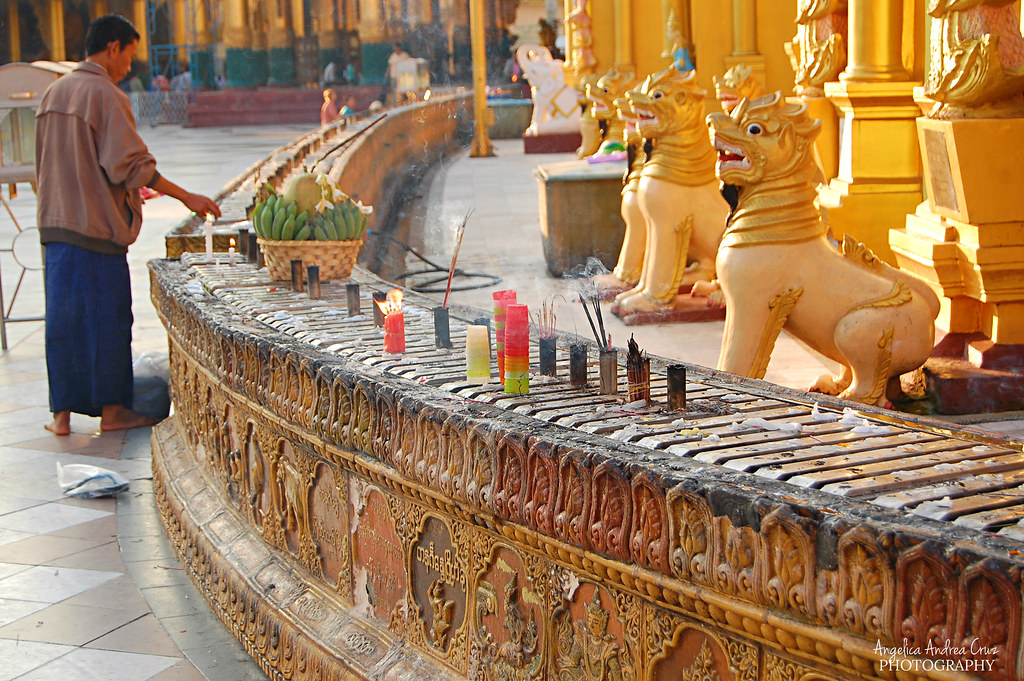
candles and incense
Our second day in Yangon, Patti and I woke up early to walk around its streets and see how people start their day. I love the fact that people still wear the traditional longyi, and women with thanakah on their faces. We found out later on that thanakah is used as a sunblock and insect repellent.
tea shops
traditional longyi and thanakah
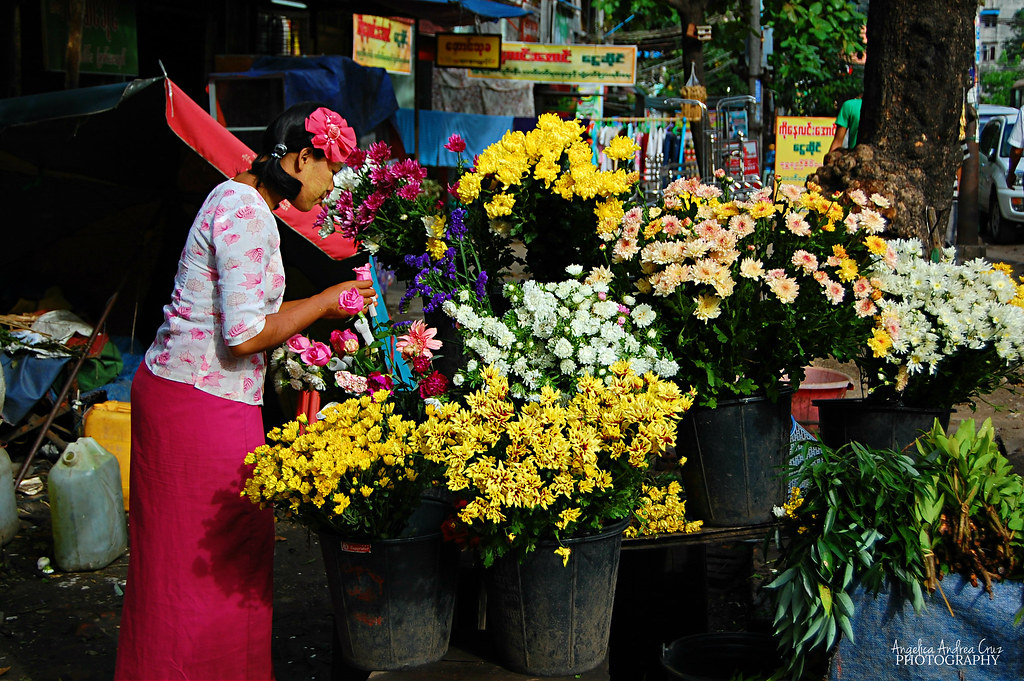
lovely :)
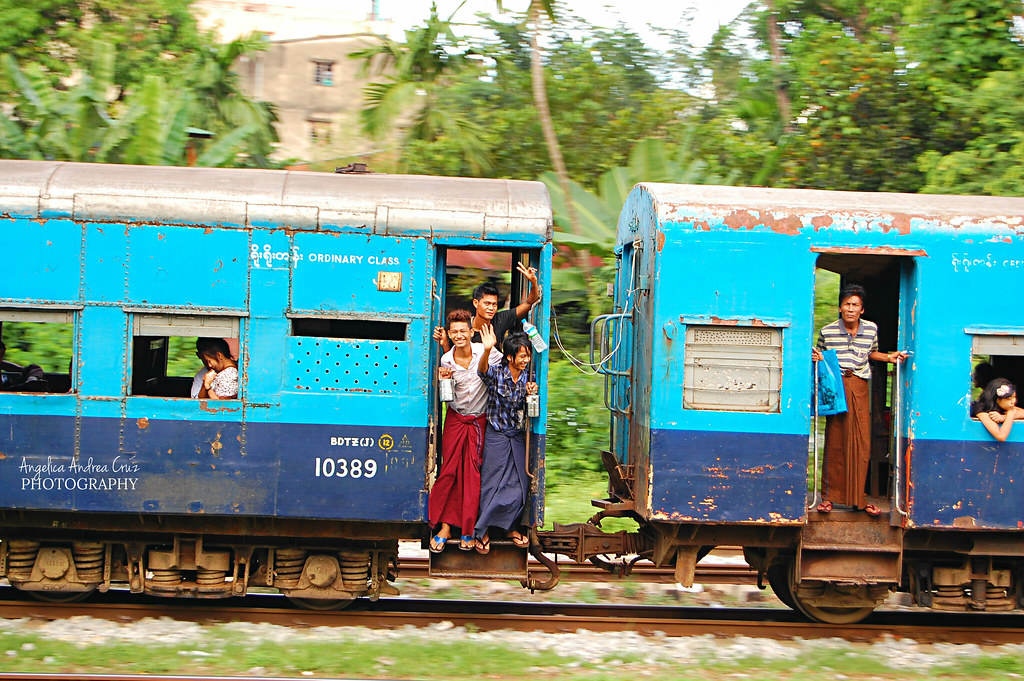
stumbled upon the railway
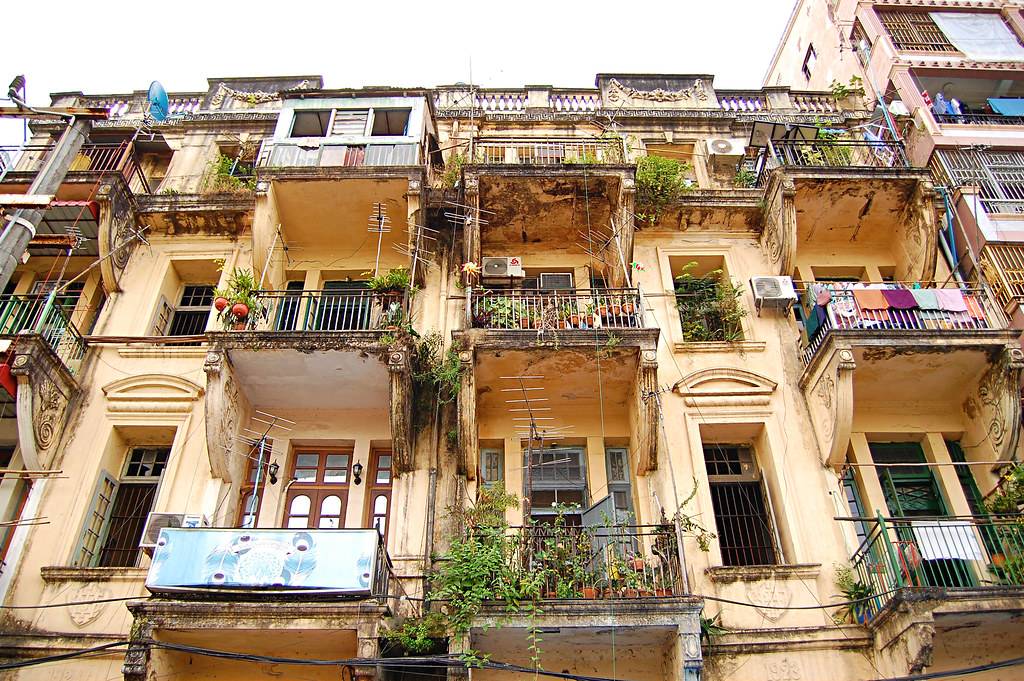
old colonial buildings still standing
The British colonialism can still be felt with the cathedrals still maintained and still magnificent.
I left Yangon the first time feeling dissatisfied. But in retrospect, I found the city quite historic and significant in shaping the country’s future, hopefully a better one at that. A taxi ride to the airport for our flight back to Bangkok seemed to tell us so.
As a traveller in Burma, one thing we learned is to try not to ask people anything about the political atmosphere as this might endanger them. But to wait for them to speak up. Wesley and I were tired and sleepy coming straight from Bagan and waiting almost six hours in Yangon for our flight back to Bangkok. But we were woken up by our taxi driver showing us the headline of their local newspaper. Images of the protests held in Yangon just this month (we missed it by a day) and in some parts of Northern Burma. He told us it was to show their sentiment with the number of monks hurt in the North during another protest. The monks were helping the people protest against a project being arranged by China and the military government. He told us of the sense of hope he’s feeling. He said people now are braver and that the people are not going to allow things like this to happen anymore. Aung San Suu Kyi is still very much revered by the people. But he still had a little apprehension, refusing to answer some of our questions. But I believe it’s a big step with people speaking up especially to us tourists. He told us to tell the outside world about it.
Traveling to Burma has been a highlight of my year. I got out of that country better and hopeful. And it was more because of the genuine kindness and warmth of its people. I hope that by writing about these rare moments, I’d be able to show my gratitude to a country so rich with resources but is constantly struggling politically and economically, but continues to remain hopeful.
For more stories and photos of my trip in Burma:


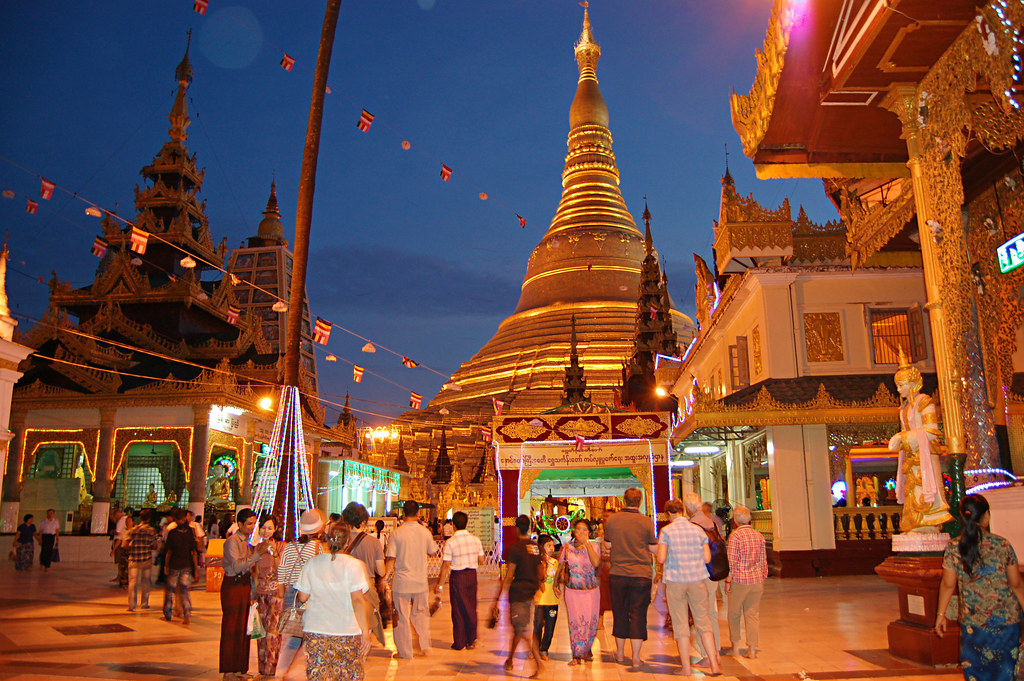
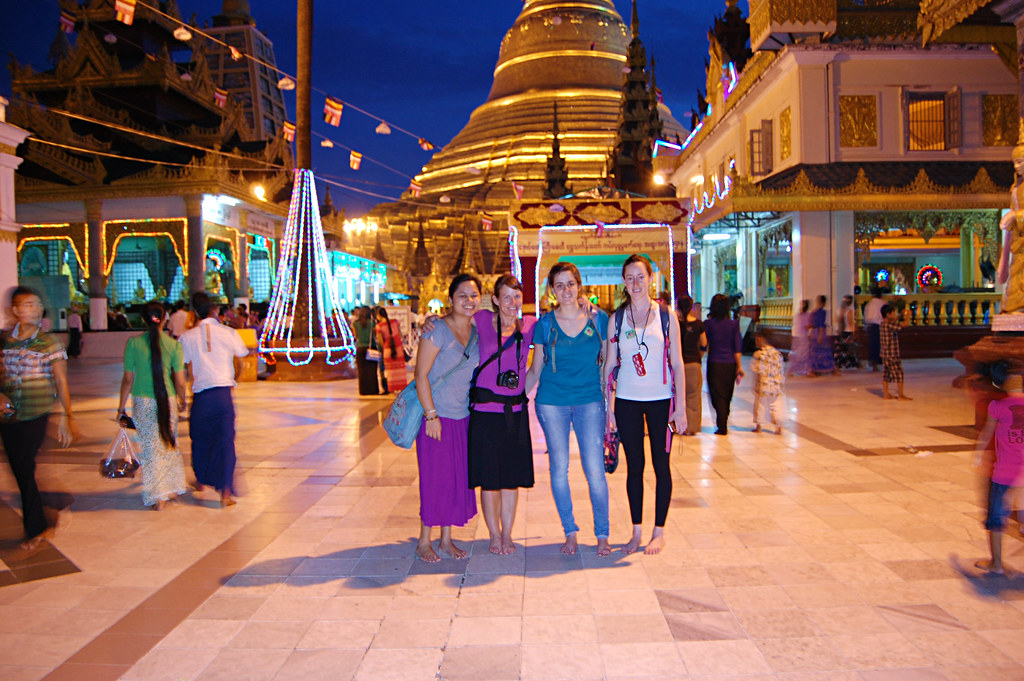
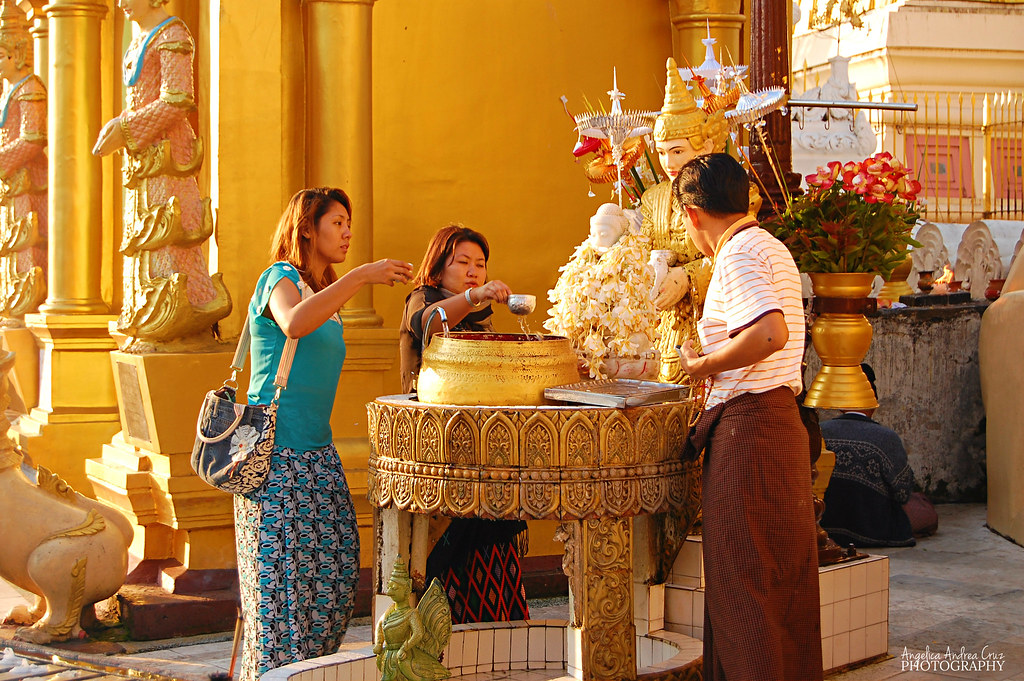


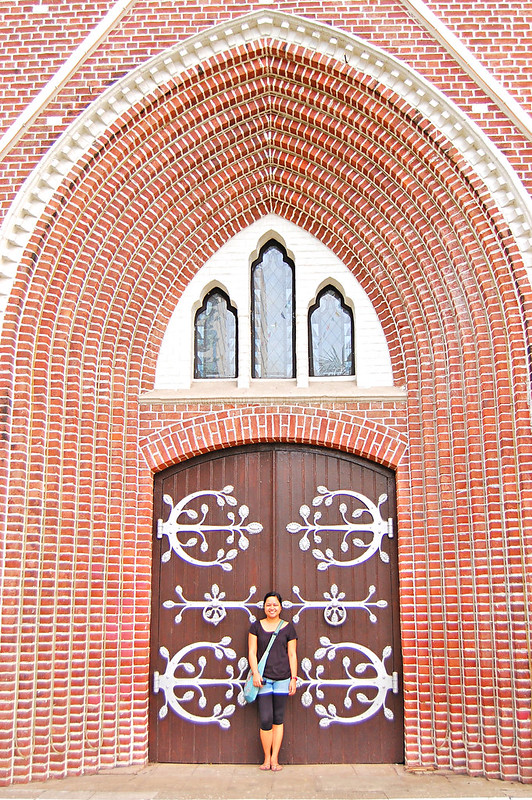
Social Icons